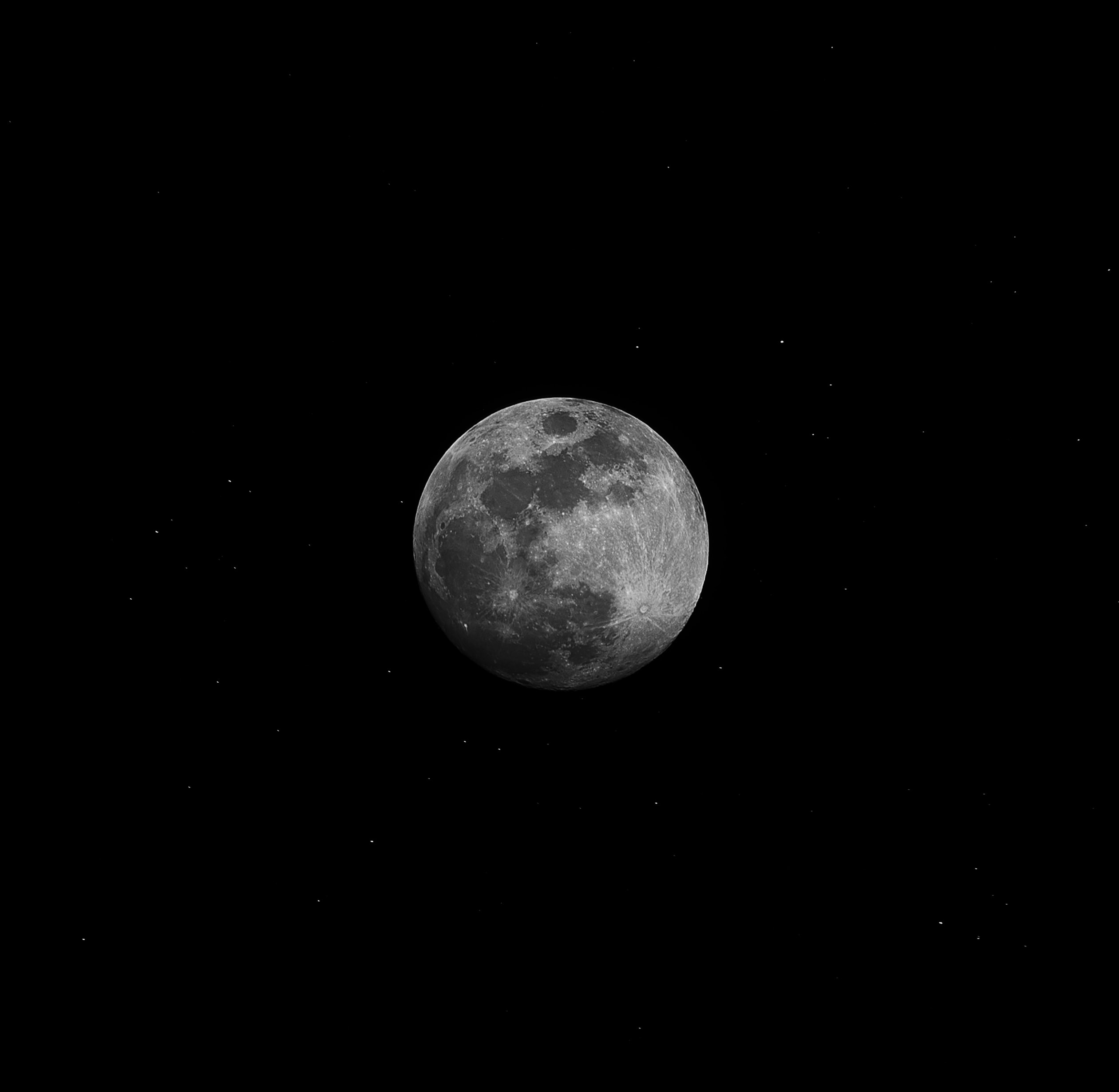How Long Does a Lunar Eclipse Last Up To?
Lunar eclipses are stunning celestial events that have captivated humans for centuries. They occur when the Earth aligns between the Sun and the Moon, casting a shadow on the lunar surface. During a lunar eclipse, the Moon can take on a range of fascinating colors, from a dim gray to a vibrant red. As we witness the Moon slipping into the Earth’s shadow, a common question arises — how long does a lunar eclipse last?
The duration of a lunar eclipse can vary, depending on several factors, including the type of lunar eclipse and the position of the Moon in relation to the Earth and the Sun. To understand this phenomenon in detail, we must explore the different types of lunar eclipses and the movements of the celestial bodies involved.
The Three Types of Lunar Eclipses
There are three types of lunar eclipses: total, partial, and penumbral.
- Total Lunar Eclipses: During a total lunar eclipse, the entire Moon falls within the darkest part of Earth’s shadow, known as the umbra. This creates a dramatic sight as the Moon gradually darkens and eventually appears reddish. Total lunar eclipses can last up to 3 hours from start to finish, with the period of totality lasting around one hour and 45 minutes. However, the exact duration can vary slightly.
- Partial Lunar Eclipses: A partial lunar eclipse occurs when only a portion of the Moon enters the umbra. During these events, the Moon does not turn completely red but rather takes on a darker shade. The duration of a partial lunar eclipse can range from a couple of hours to slightly over an hour.
- Penumbral Lunar Eclipses: Penumbral lunar eclipses happen when the Moon passes through the outer part of Earth’s shadow, known as the penumbra. In these events, the Moon appears slightly darker but does not enter the darker umbra region. Penumbral eclipses can last for a few hours or even exceed five hours.
Influencing Factors on Lunar Eclipse Duration
While we have touched upon the durations of various types of lunar eclipses, it is important to note that these times can vary for a few reasons. Here are the key factors that influence the duration of lunar eclipses:
1. Position of the Moon: The position of the Moon in relation to the Earth and the Sun affects the duration of a lunar eclipse. If the Moon is closer to the center of the Earth’s shadow (umbra), the eclipse will tend to last longer. Conversely, if the Moon only passes through the outer part of the shadow (penumbra), the eclipse will be shorter. The Moon’s distance from the Earth during the eclipse also plays a role, as a closer Moon results in a longer duration.
2. Earth’s Atmospheric Conditions: The Earth’s atmosphere can impact the color and brightness of the Moon during a lunar eclipse. If there are significant amounts of dust or other particles in the atmosphere, the Moon can appear darker and take on a deeper red hue. This can affect the overall duration of the eclipse, as the scattered sunlight has to pass through more atmospheric particles.
3. Timing and Location: The timing and geographical location of the lunar eclipse can influence its duration. The Moon’s position in the sky and the observer’s location on Earth determine the angle at which the Moon passes through the Earth’s shadow, affecting the duration of the different stages of the eclipse.
Fascinating Examples of Lunar Eclipses
Over the centuries, humans have witnessed remarkable lunar eclipses. Here are a few notable examples:
| Date | Type | Duration | Other Details |
|---|---|---|---|
| July 27, 2018 | Total | 1 hour, 43 minutes | One of the longest total lunar eclipses of the 21st century. |
| December 9, 1992 | Total | 3 hours, 28 minutes | The longest total lunar eclipse of the 20th century. |
| April 4, 2015 | Partial | 4 hours, 43 minutes | A rare total eclipse of the Sun followed this partial lunar eclipse. |
Conclusion
The duration of a lunar eclipse depends on the type of eclipse and various influencing factors. Total lunar eclipses can last up to 3 hours, with the period of totality lasting around one hour and 45 minutes. Partial lunar eclipses vary in duration, typically lasting a couple of hours or slightly over an hour. Penumbral lunar eclipses can extend for more than five hours. The position of the Moon, Earth’s atmospheric conditions, and the timing and location of the eclipse all contribute to the variations in duration.
Whether you watch a lunar eclipse for a few minutes or several hours, these captivating celestial events serve as a reminder of the extraordinary wonders of our universe.
Table of Contents
